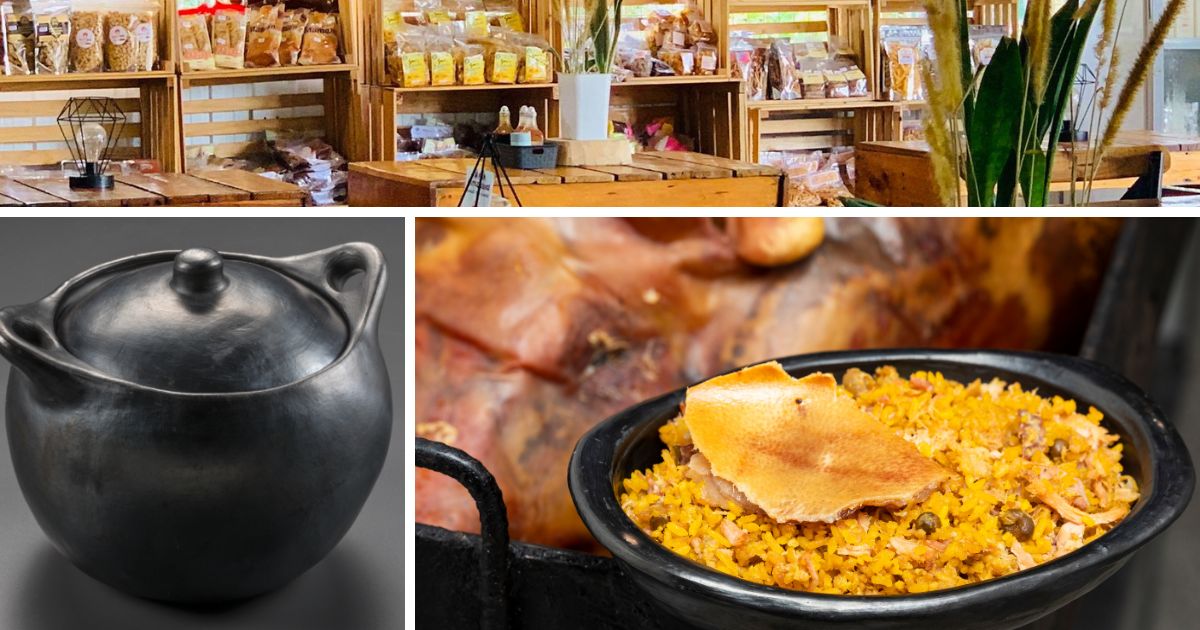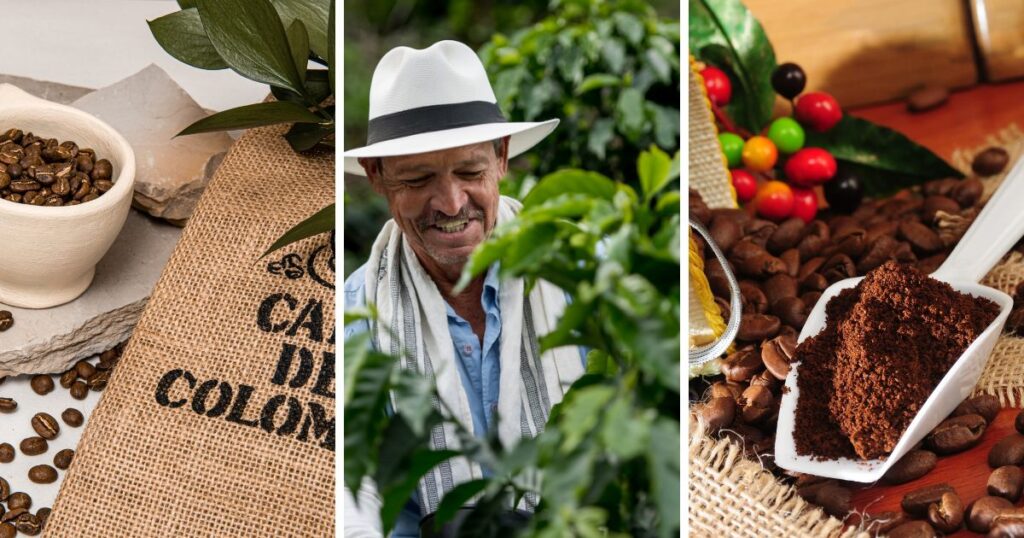
La Chamba, a small and picturesque village in the department of Tolima, is known for its black pottery, an artisanal tradition that has been passed down from generation to generation. The Ceramic Route in La Chamba offers visitors a unique opportunity to immerse themselves in this ancestral art, watching artisans mold and fire the clay to create beautiful ceramic pieces, and participating in workshops to make their own creations.
Discovering Black Pottery
The black pottery of La Chamba is famous for its distinctive color and glossy finish. This type of pottery is made using traditional techniques that have been preserved over the years. Local artisans use clay extracted from the banks of the Magdalena River, which is then hand-molded to create a variety of pieces, from pots and pitchers to plates and decorative figures. The creation process is entirely manual, making each piece unique.
The Molding and Firing Process
The Ceramic Route tour begins with a demonstration of the molding process. Visitors can observe how artisans shape the clay using their hands and simple tools. Each piece is carefully crafted to ensure it has the desired shape and size. Once molded, the pieces are left to dry in the sun before being fired in wood-fired kilns. This firing process gives the pottery its characteristic black color and durability. The artisans carefully control the temperature and firing time to achieve the perfect finish.
Participation in Workshops
One of the most enriching experiences of the Ceramic Route is the opportunity to participate in workshops. These workshops allow visitors to experience firsthand the process of creating black pottery. Under the guidance of artisans, participants can try their hand at molding their own pieces, learning about the techniques and skills needed to work with clay. This hands-on experience is not only educational but also a fun way to connect with the local culture.
Cultural and Economic Impact
Black pottery is not only an artistic expression but also an integral part of the culture and economy of La Chamba. The sale of ceramic products provides a vital source of income for many families in the region. Additionally, the Ceramic Route has helped promote sustainable tourism, attracting visitors interested in learning about local traditions and supporting artisans. This cultural tourism benefits the artisans and contributes to the community’s economic development.
Craftsmanship and Sustainability
Sustainability is a key aspect of ceramic production in La Chamba. Artisans use natural materials and environmentally friendly techniques. This commitment to sustainability not only preserves natural resources but also ensures that future generations can continue practicing this art. Additionally, black pottery is known for its durability, making it an eco-friendly choice for kitchen utensils and decorations.
Exploring La Chamba
In addition to ceramics, La Chamba offers visitors a variety of activities and places to explore. The village is known for its peaceful atmosphere and natural landscapes. Tourists can stroll through its cobblestone streets, visit craft shops, and enjoy local hospitality in the area’s cafes and restaurants. La Chamba is also an excellent starting point for exploring other attractions in the department of Tolima, such as Los Nevados National Natural Park and the Magdalena River.
Conclusion
The Ceramic Route in La Chamba, Tolima, is an experience that combines artisanal tradition with the opportunity to learn and participate in the creation of black pottery. From the molding and firing process to participating in workshops, each step of the journey offers a deep and authentic insight into the skill and dedication of local artisans. For those seeking a cultural and educational experience, the Ceramic Route is a must-visit. Not only will they take home a beautiful piece of pottery, but also a deep appreciation for the rich artisanal tradition of La Chamba.
Invitation: “Bring the elegance of black pottery to your home. Purchase our unique pieces, and we’ll ship them to any corner of the world.”




